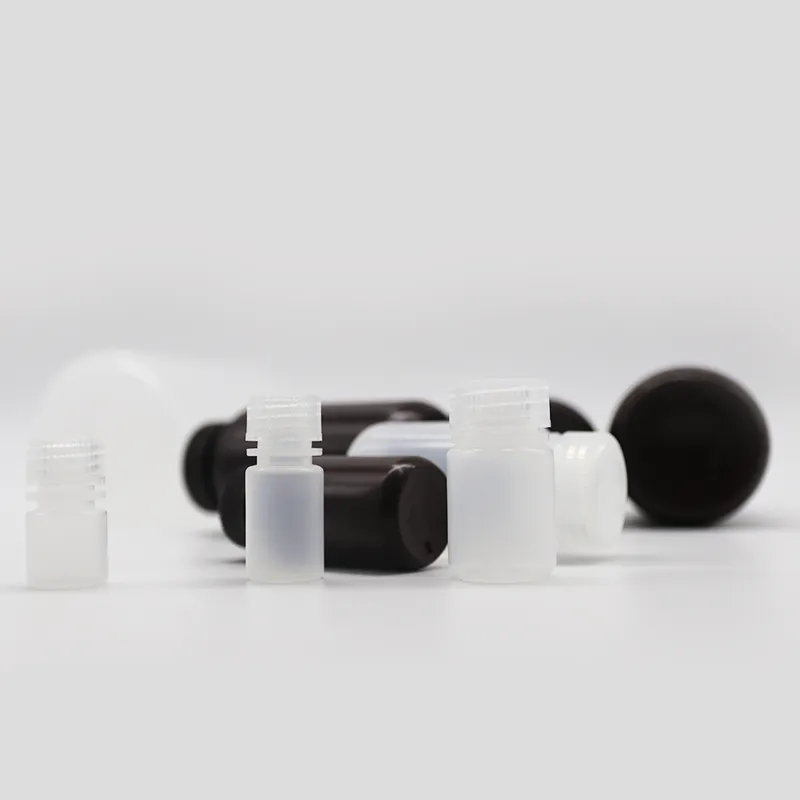
-
 Afrikaans
Afrikaans -
 Albanian
Albanian -
 Amharic
Amharic -
 Arabic
Arabic -
 Armenian
Armenian -
 Azerbaijani
Azerbaijani -
 Basque
Basque -
 Belarusian
Belarusian -
 Bengali
Bengali -
 Bosnian
Bosnian -
 Bulgarian
Bulgarian -
 Catalan
Catalan -
 Cebuano
Cebuano -
 Corsican
Corsican -
 Croatian
Croatian -
 Czech
Czech -
 Danish
Danish -
 Dutch
Dutch -
 English
English -
 Esperanto
Esperanto -
 Estonian
Estonian -
 Finnish
Finnish -
 French
French -
 Frisian
Frisian -
 Galician
Galician -
 Georgian
Georgian -
 German
German -
 Greek
Greek -
 Gujarati
Gujarati -
 Haitian Creole
Haitian Creole -
 hausa
hausa -
 hawaiian
hawaiian -
 Hebrew
Hebrew -
 Hindi
Hindi -
 Miao
Miao -
 Hungarian
Hungarian -
 Icelandic
Icelandic -
 igbo
igbo -
 Indonesian
Indonesian -
 irish
irish -
 Italian
Italian -
 Japanese
Japanese -
 Javanese
Javanese -
 Kannada
Kannada -
 kazakh
kazakh -
 Khmer
Khmer -
 Rwandese
Rwandese -
 Korean
Korean -
 Kurdish
Kurdish -
 Kyrgyz
Kyrgyz -
 Lao
Lao -
 Latin
Latin -
 Latvian
Latvian -
 Lithuanian
Lithuanian -
 Luxembourgish
Luxembourgish -
 Macedonian
Macedonian -
 Malgashi
Malgashi -
 Malay
Malay -
 Malayalam
Malayalam -
 Maltese
Maltese -
 Maori
Maori -
 Marathi
Marathi -
 Mongolian
Mongolian -
 Myanmar
Myanmar -
 Nepali
Nepali -
 Norwegian
Norwegian -
 Norwegian
Norwegian -
 Occitan
Occitan -
 Pashto
Pashto -
 Persian
Persian -
 Polish
Polish -
 Portuguese
Portuguese -
 Punjabi
Punjabi -
 Romanian
Romanian -
 Russian
Russian -
 Samoan
Samoan -
 Scottish Gaelic
Scottish Gaelic -
 Serbian
Serbian -
 Sesotho
Sesotho -
 Shona
Shona -
 Sindhi
Sindhi -
 Sinhala
Sinhala -
 Slovak
Slovak -
 Slovenian
Slovenian -
 Somali
Somali -
 Spanish
Spanish -
 Sundanese
Sundanese -
 Swahili
Swahili -
 Swedish
Swedish -
 Tagalog
Tagalog -
 Tajik
Tajik -
 Tamil
Tamil -
 Tatar
Tatar -
 Telugu
Telugu -
 Thai
Thai -
 Turkish
Turkish -
 Turkmen
Turkmen -
 Ukrainian
Ukrainian -
 Urdu
Urdu -
 Uighur
Uighur -
 Uzbek
Uzbek -
 Vietnamese
Vietnamese -
 Welsh
Welsh -
 Bantu
Bantu -
 Yiddish
Yiddish -
 Yoruba
Yoruba -
 Zulu
Zulu
Petri Dish Uses in Microbiology and Laboratory Research
A Petri dish, also known as a Petri plate, is a shallow, flat, cylindrical, and transparent container typically made of glass or plastic, with a lid. Named after the German bacteriologist Julius Richard Petri, who invented it in the late 19th century, the Petri dish has become an essential tool in microbiology and various scientific disciplines. Its primary uses and applications extend beyond just the laboratory, influencing research and practical applications in many fields.
One of the main uses of a Petri dish is to culture microorganisms. Scientists utilize these dishes to grow bacteria, fungi, and other microorganisms in a controlled environment. The dish is usually filled with a nutrient-rich agar medium that supports the growth of microbes. By inoculating the agar with a particular microbial sample, researchers can observe growth patterns, assess microbial behavior, and even perform antibiotic susceptibility testing. This capability has significantly advanced our understanding of microbiological processes and led to developments in medicine and biotechnology.
In addition to microbiology, Petri dishes are used in other scientific fields. In plant biology, researchers fill Petri dishes with agar infused with nutrients to promote root growth and study plant tissue samples. Furthermore, they are often employed in cellular biology for the culture of mammalian cells, where controlled growth conditions are crucial for experiments involving cell behavior, genetic studies, and drug testing.
petri dish what is it used for

Petri dishes also find application in the classroom
. They serve as practical tools for educators to conduct experiments demonstrating microbial growth and reactions, allowing students to visualize concepts in biology and develop a hands-on understanding of scientific methods.Moreover, in contemporary scientific research, variations of Petri dishes, such as multi-well plates, have been developed for high-throughput screening, allowing simultaneous examination of multiple samples. This innovation has accelerated research processes, particularly in drug discovery.
In summary, the Petri dish is a versatile device essential for various applications in microbiology, cellular biology, and education. Its simple yet effective design allows for ongoing experimentation and discovery in the scientific community, making it a cornerstone tool in laboratories around the world. As scientific needs evolve, the Petri dish and its derivatives will continue to play a crucial role in advancing our understanding of life and its myriad complexities.
-
PTFE Centrifuge Tubes - Chemical Resistant, Leak-proof, Ideal for Laboratory UseNewsJul.05,2025
-
Premium Metal Dropper Bottle for Precise Dispensing 250ml & 1ml Options AvailableNewsJul.04,2025
-
20 ml Headspace Vials - High Quality Polyethylene & Plastic Vials for Lab UseNewsJul.04,2025
-
Small Bottle with Pipette - Precise Dispensing 100ml Pipette Bottles for Essential Oils & Lab UseNewsJun.24,2025
-
Acetic Anhydride Bottle for Accurate Dropper Measurement in Pharmacy Use High-Quality Dropper BottlesNewsJun.10,2025
-
Innovative PET Bottle Design for Juice – Unique Shapes & Customization OptionsNewsJun.10,2025






















